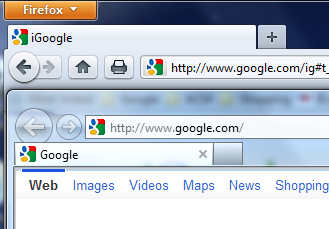I hadn’t done a backup of my main home desktop PC in a while, so I decided to get one done today. I’ve previously used the built-in Windows 7 Backup, and, more recently, Crash Plan. I’ve had problems with both, so I needed to find another backup program. I have a 1 TB drive, about 70% full, and two 500 GB drives that I can use for the backup. So, I need a program that can split the backup across two drives, which turns out to be more of a limiting factor than you’d think it would be. I’m currently running a backup with Macrium Reflect Free, which *should* be able to split the backup between two drives, though I’m not sure if it will or not.
The “weirdness” referenced in the title of this post is with regard to the speed of the backup. This is a desktop PC, and I’ve never really tweaked the power settings on it. I have the display set to blank after 10 minutes, but my assumption has always been that the PC will keep running at full speed, if it’s doing something, like a backup. When I started the backup, it was running at about 300 Mb/sec. That seemed like a good speed, and I expected it to get done fairly quickly. I’ve noticed, though, that if I check on it after it’s been running for awhile, it shows at 100 Mb/s. If I sit in front of it for a few minutes, it gets back up to about 300 Mb/s. But, if I step away for an hour, then come back, it’s back down to 100 Mb/s. So, clearly, something is happening to slow it down after a certain period of keyboard/mouse inactivity. So, I’ve switched the power settings from “recommended” to “high performance”, thinking that maybe it’s going into a low-power mode or something, but I don’t think that’s helped. Which could mean that some other background process is kicking in after a few minutes of keyboard/mouse inactivity and slowing things down. All very frustrating. We’ll see if I can manage to get a backup done before the NFC Championship game is over.



